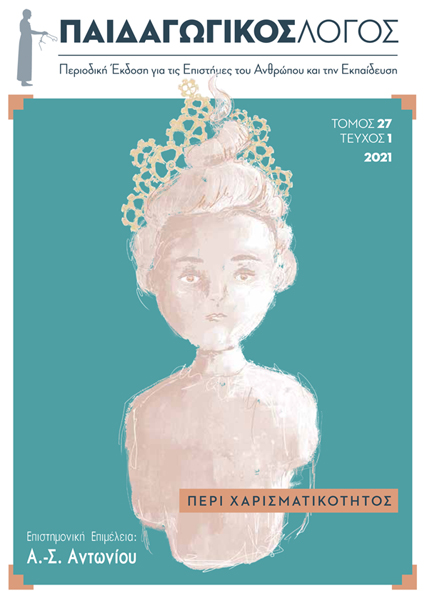The Role of Biological and Genetic Factors in Intelligence

Abstract
Many researchers studied the brain as the basis for considering intelligence and measuring it. Many aspects of brain anatomy and physiology have been suggested as possibly related to intelligence. The branching of neurons in the cerebral cortex, the metabolism of cerebral glucose, the speed of transmission of nerve signals are some of the factors of Physiology that have been found to be related to intelligence. Regard to the genetic origin of intelligence, research projects results mainly prove that heredity has a stronger effect in relation to the environment on mental differences. They focus on a variety of cases of twins, such as monozygotic twins and dizygotic twins, biological and step brothers, each of whom was raised together or separately from infancy or later in life. Finally, in recent years, some studies have investigated alcohol exposure during pregnancy as a factor in the subsequent decline in children's intelligence, while others disprove the method of in vitro fertilization and in particular ICSI since the results almost ruled out any delay in the mental development of the child.
Article Details
- How to Cite
-
Ντόφη Β., Νιαστή Κ., & Αντωνίου Α.-Σ. (2021). The Role of Biological and Genetic Factors in Intelligence. Pedagogikos Logos, 27(1), 57–81. https://doi.org/10.12681/plogos.27909
- Section
- Articles

This work is licensed under a Creative Commons Attribution-NonCommercial-NoDerivatives 4.0 International License.
Οι Συγγραφείς που δημοσιεύουν εργασίες τους σε αυτό το περιοδικό συμφωνούν στους παρακάτω όρους:
- Οι Συγγραφείς διατηρούν τα Πνευματικά Δικαιώματα και χορηγούν στο περιοδικό το δικαίωμα της πρώτης δημοσίευσης, ενώ ταυτόχρονα τα πνευματικά δικαιώματα της εργασίας προστατεύονται σύμφωνα με την χρήση άδειας που υιοθετεί ο «Παιδαγωγικός Λόγος - Περιοδική Έκδοση για τις Επιστήμες του Ανθρώπου και την Εκπαίδευση» : Αναφορά Δημιουργού – Μη Εμπορική Χρήση – Όχι Παράγωγα Έργα 4.0 (CC BY-NC-ND). Αυτή η άδεια επιτρέπει στους άλλους να έχουν πρόσβαση στο έργο και να το μοιράζονται με άλλους, εφόσον κάνουν αναφορά σε αυτό, ωστόσο δεν μπορούν να το αλλάξουν με κανένα τρόπο ούτε να το χρησιμοποιούν για εμπορική χρήση.
- Οι συγγραφείς μπορούν να συνάπτουν ξεχωριστές και πρόσθετες συμβάσεις και συμφωνίες για τη μη αποκλειστική διανομή της εργασίας, όπως δημοσιεύτηκε στο περιοδικό αυτό (π.χ. κατάθεση σε ένα ακαδημαϊκό καταθετήριο ή δημοσίευση σε ένα βιβλίο), με την προϋπόθεση της αναγνώρισης και την αναφοράς της πρώτης δημοσίευσης σε αυτό το περιοδικό.
- Το περιοδικό επιτρέπει και ενθαρρύνει τους συγγραφείς να καταθέτουν τις εργασίες τους μέσω διαδικτύου (π.χ. σε ένα ακαδημαϊκό καταθετήριο ή στους προσωπικές τους ιστοσελίδες) πριν και μετά από τις διαδικασίες της δημοσίευσης, καθώς αυτό μπορεί να οδηγήσει σε παραγωγική ανταλλαγή ιδεών και σκέψεων, καθώς επίσης και σε γρηγορότερη και μεγαλύτερη χρήση και ευρετηρίαση της δημοσιευμένης εργασίας


